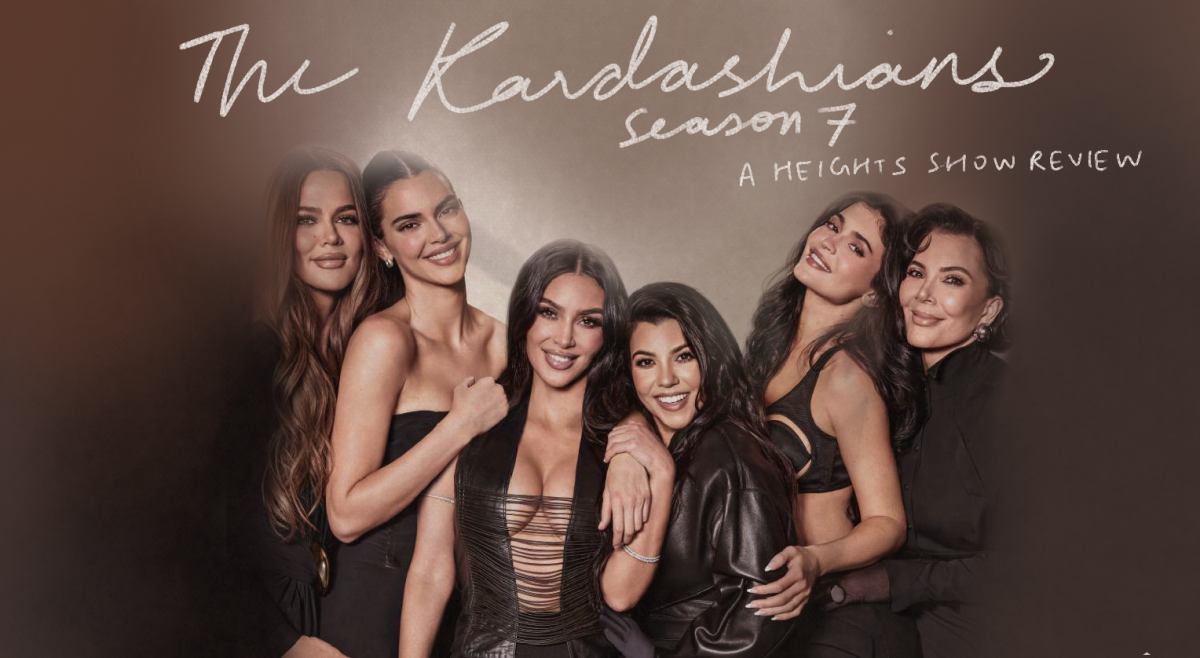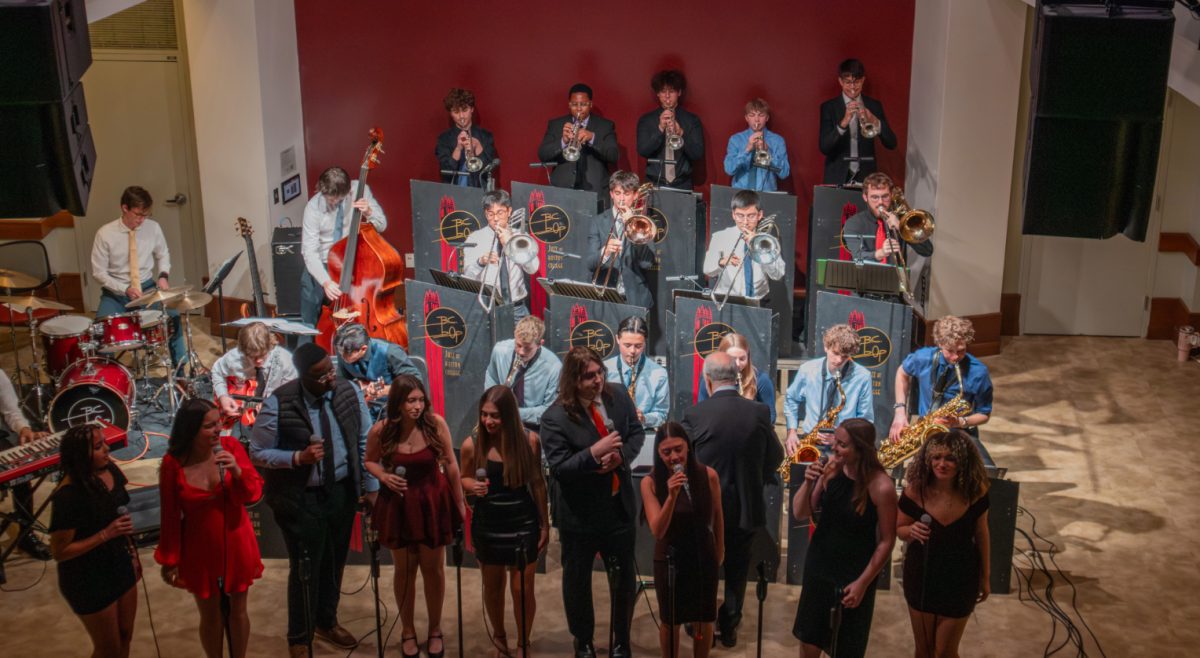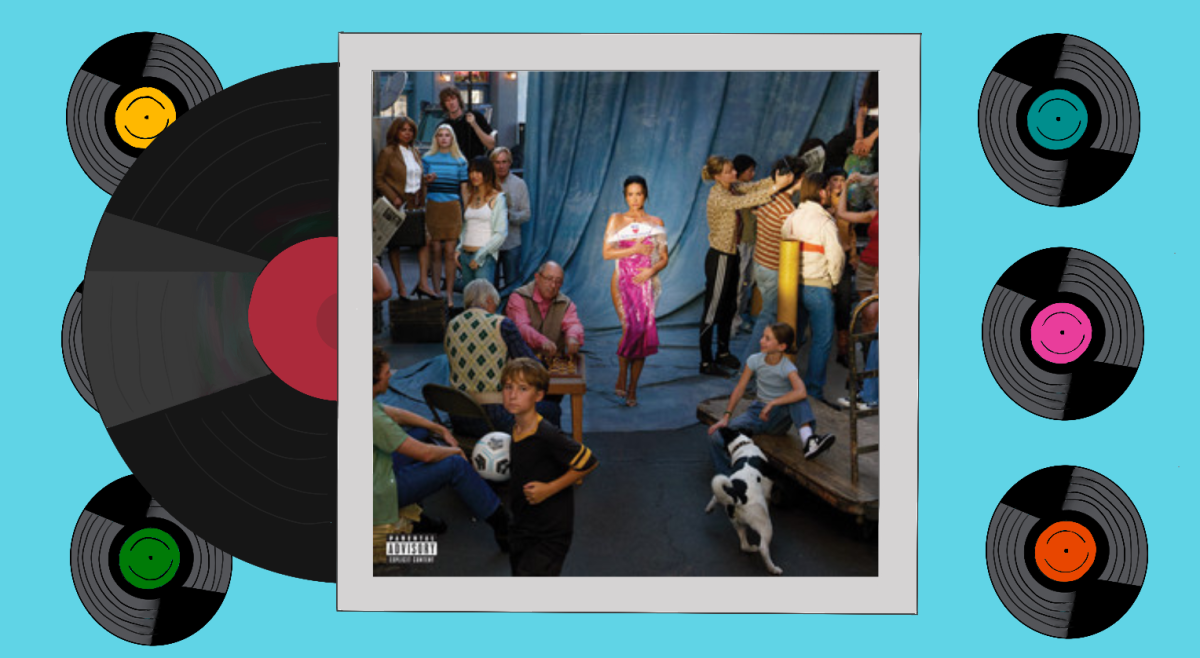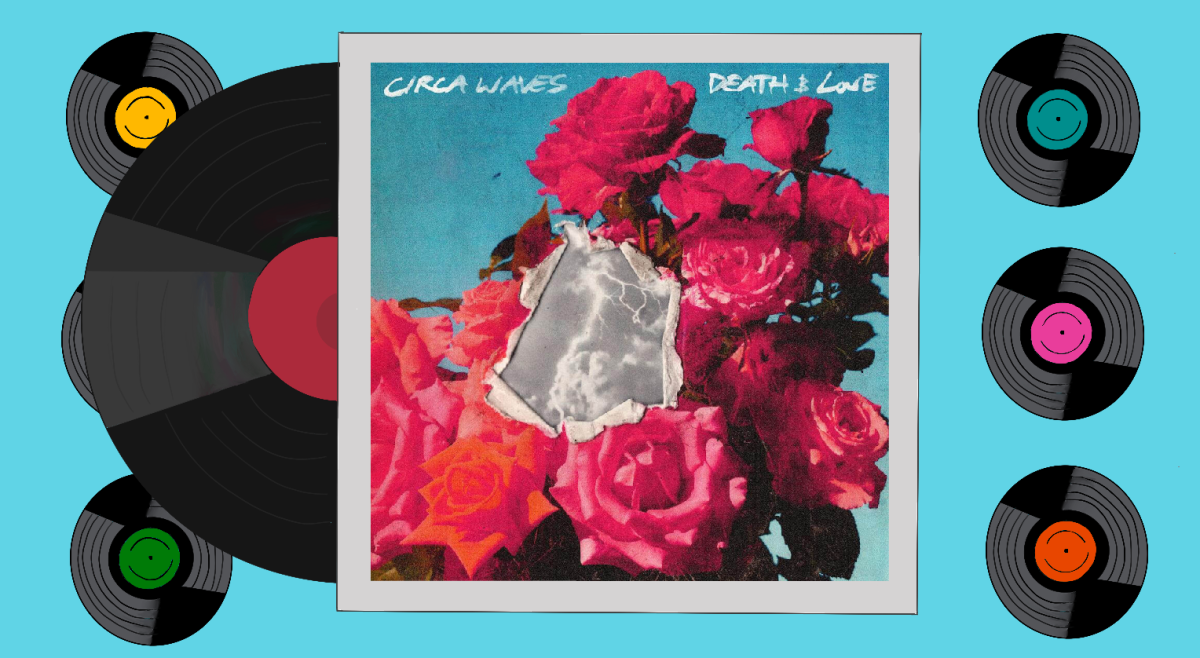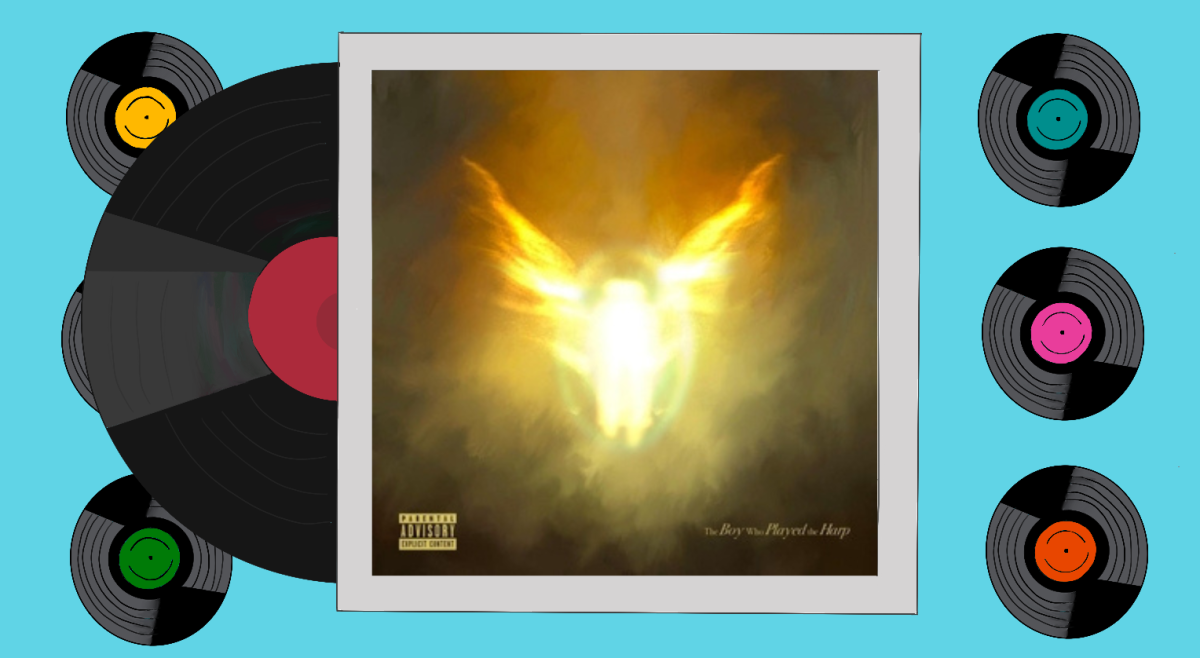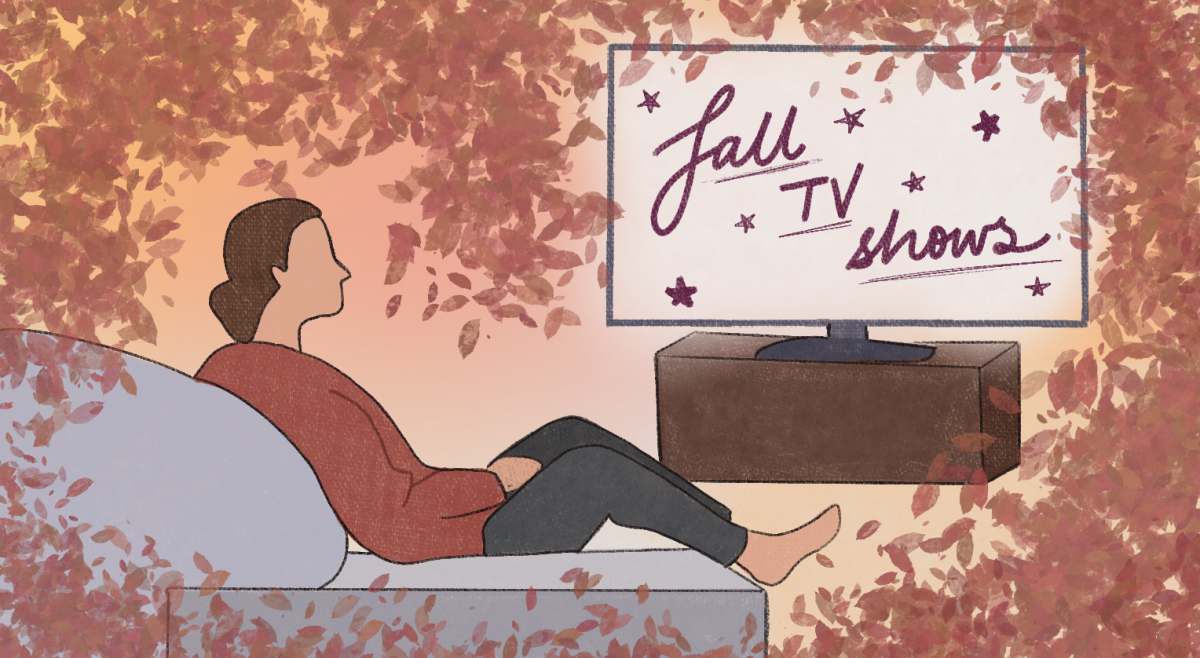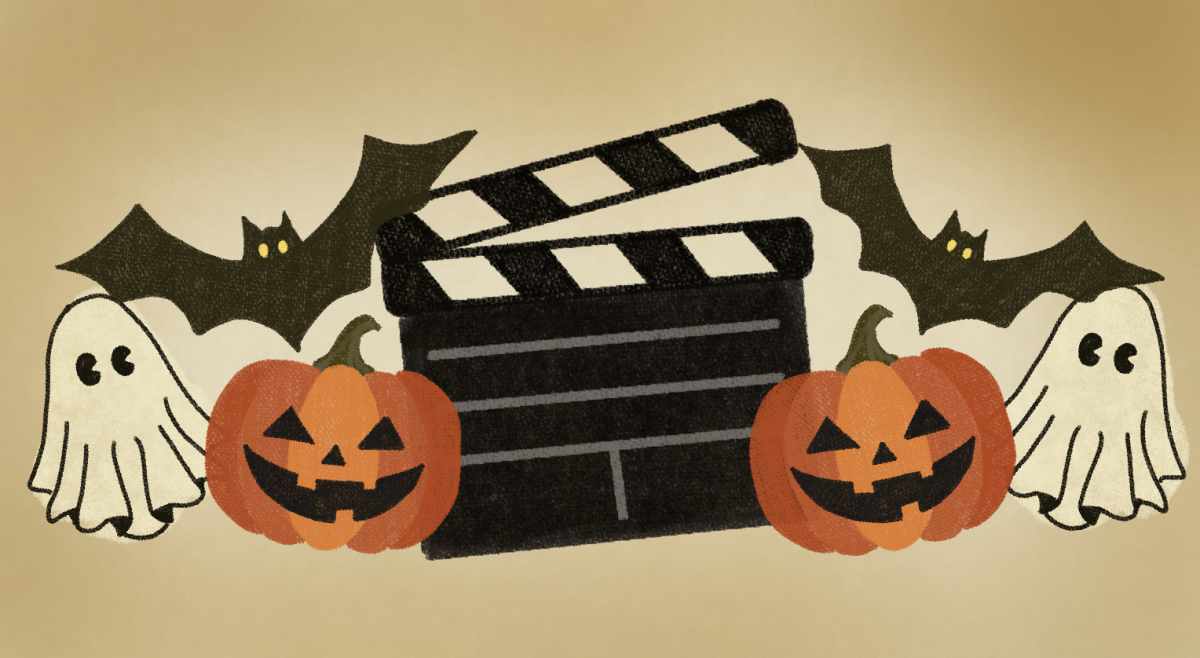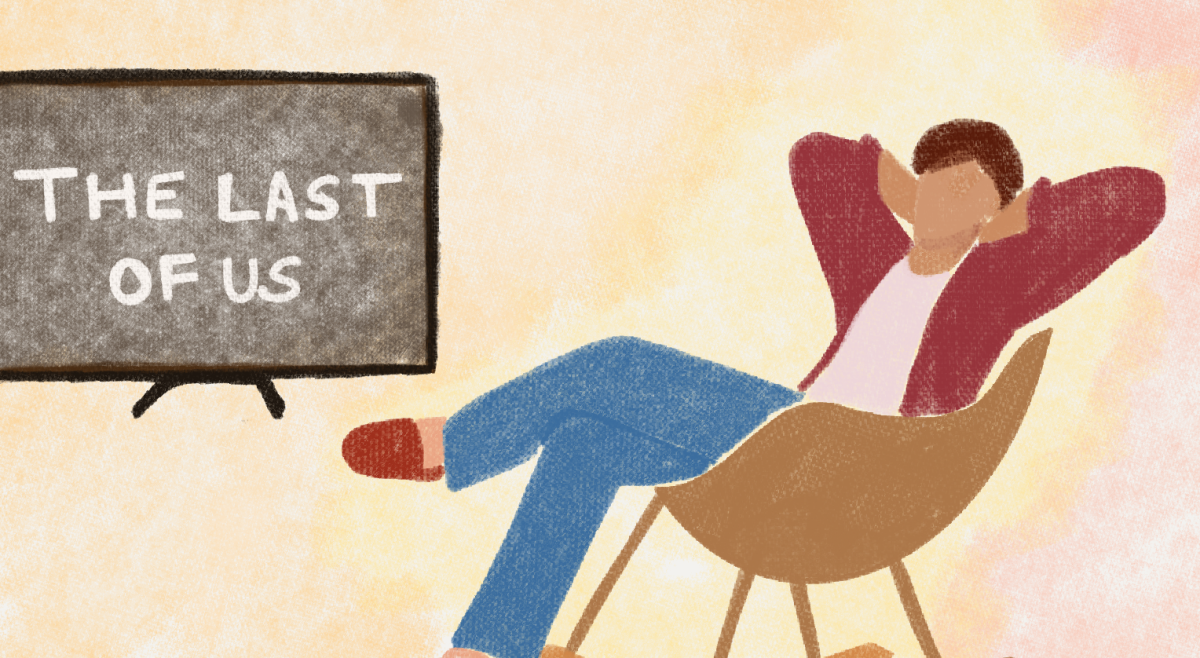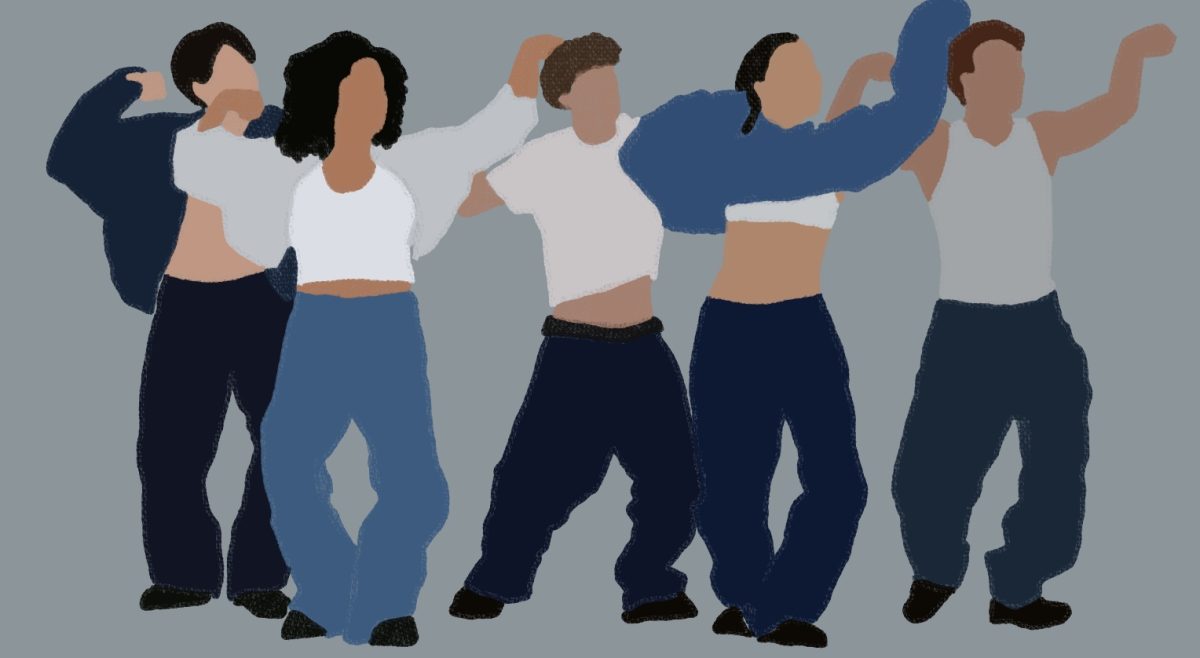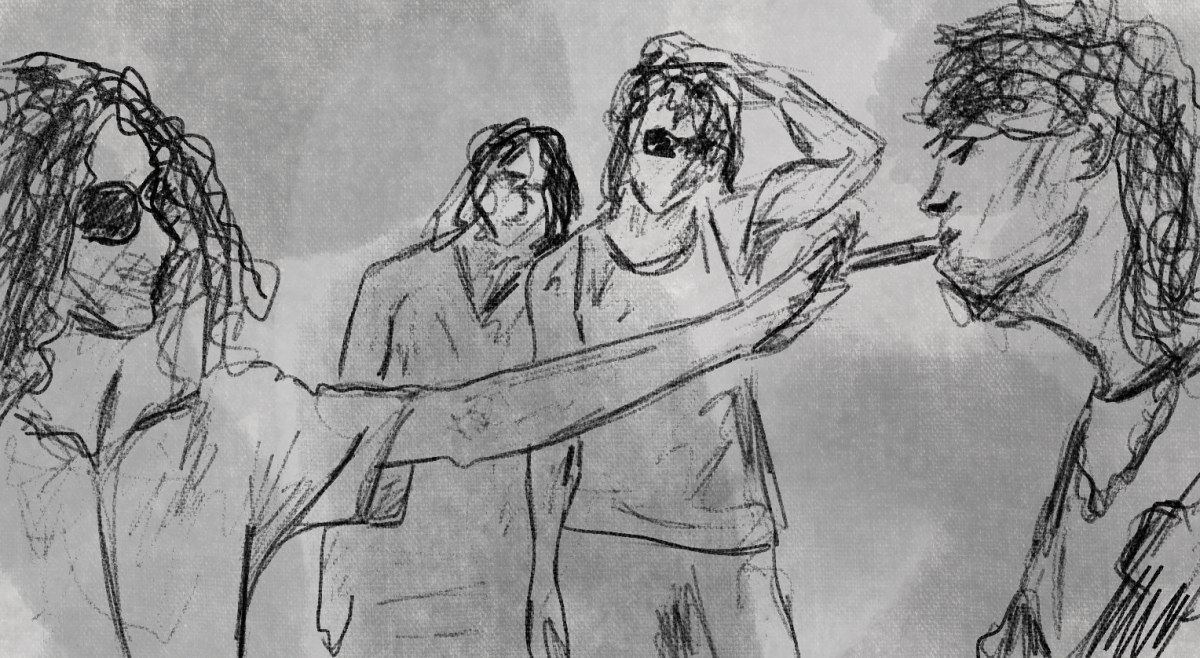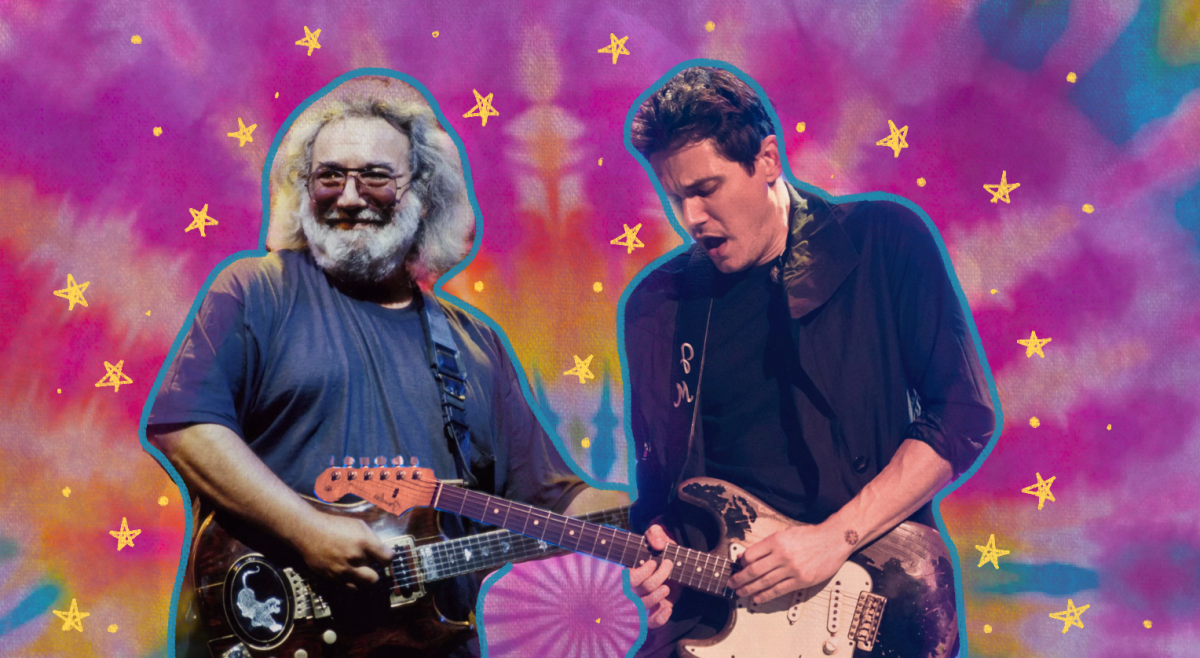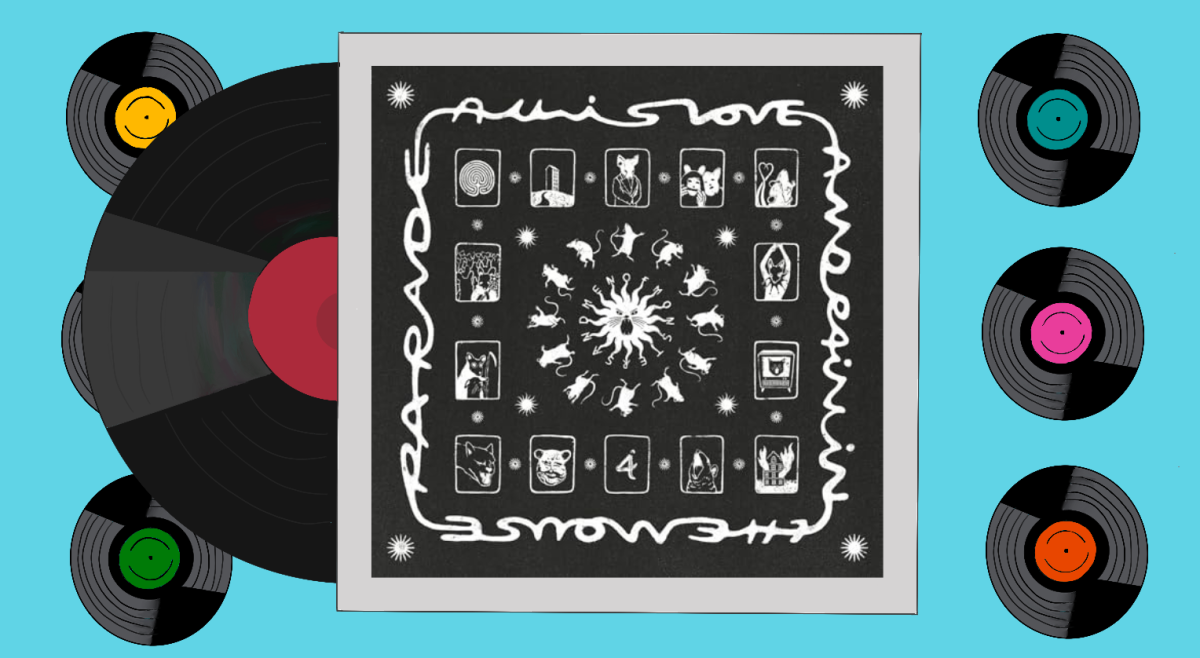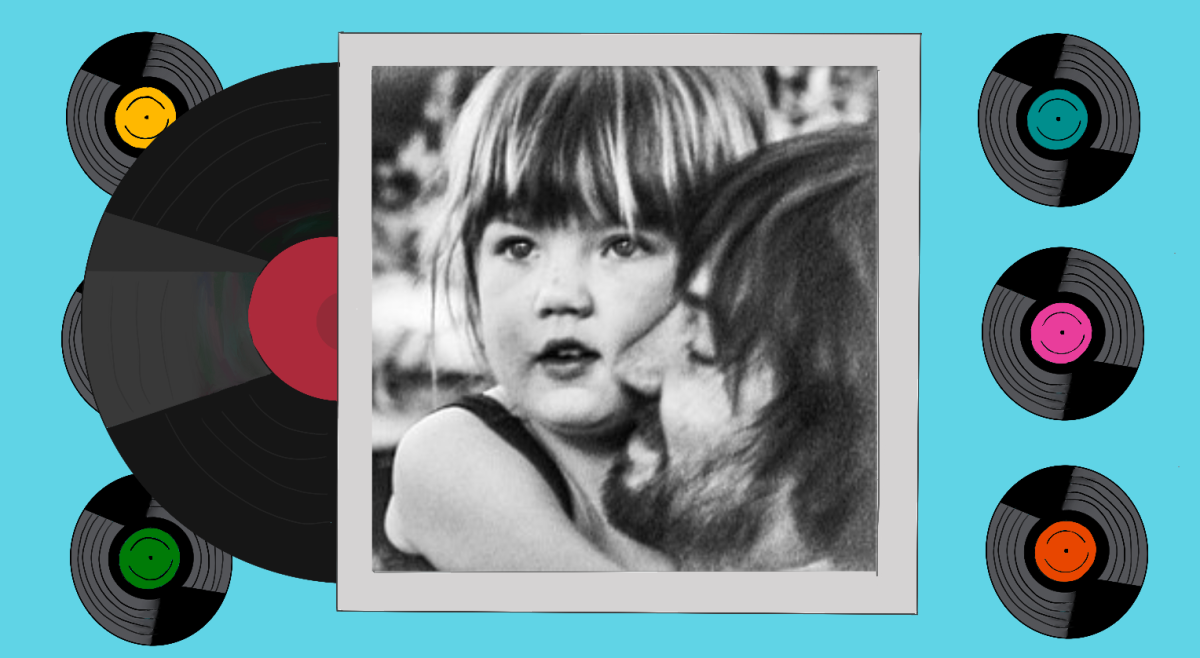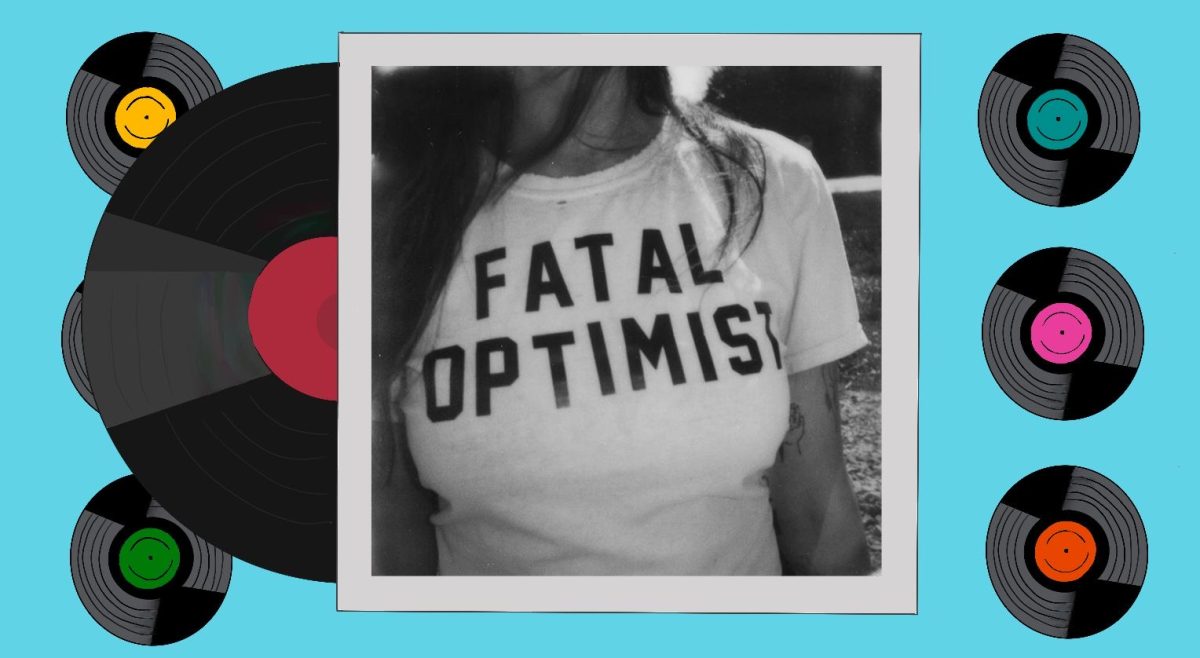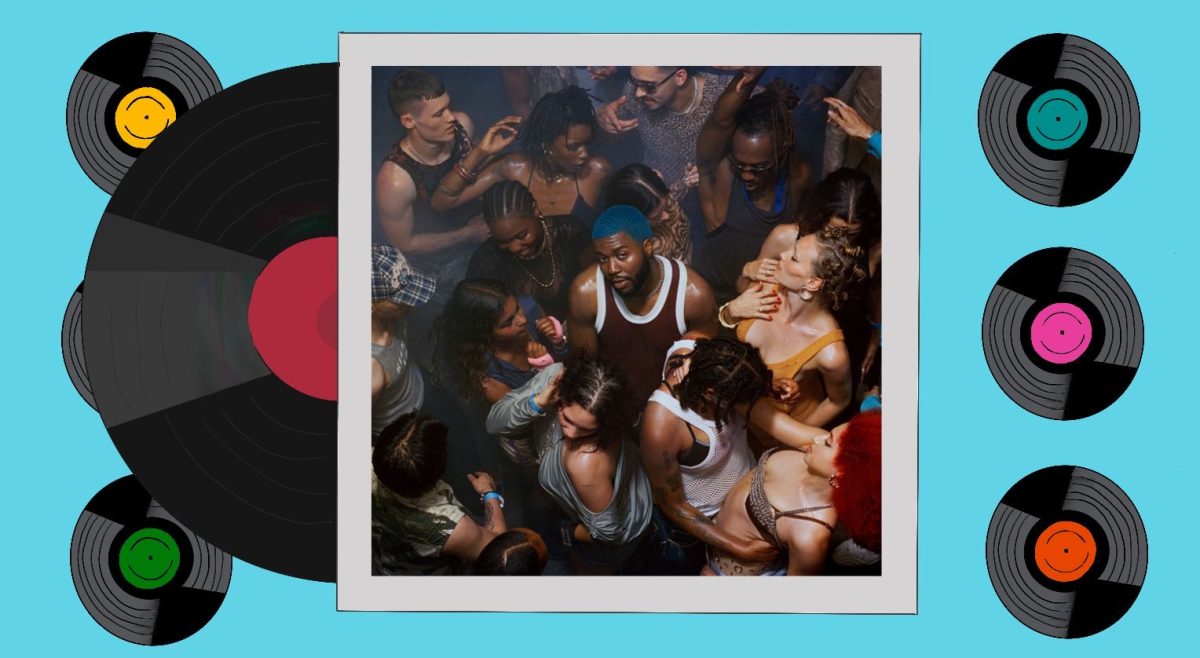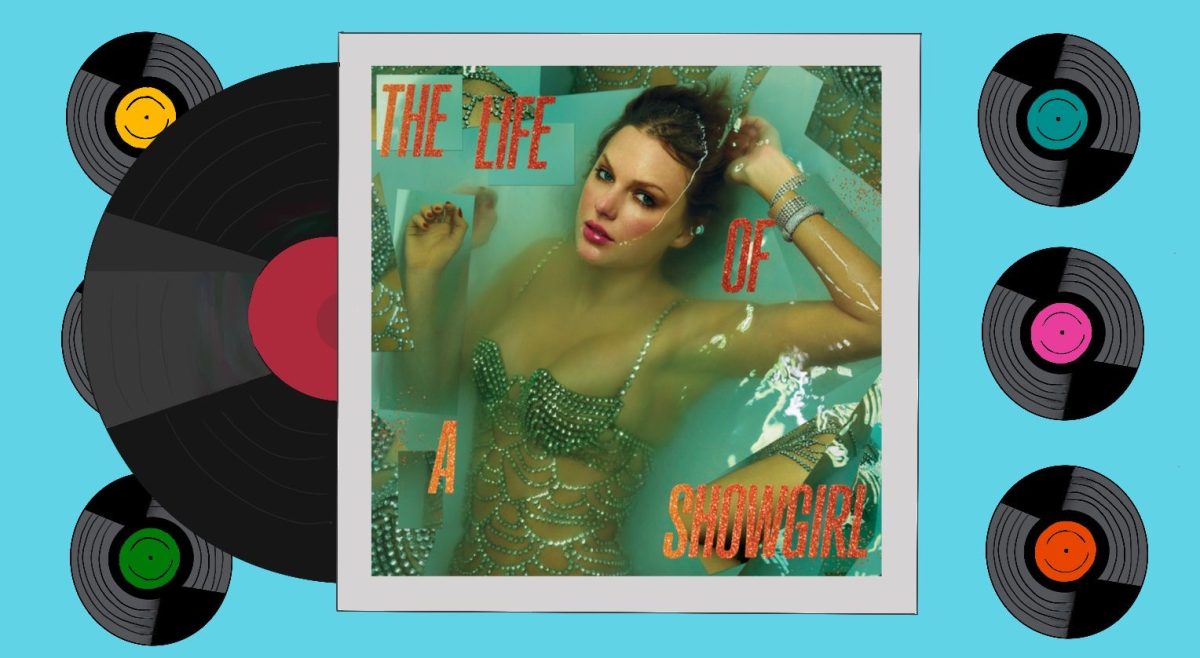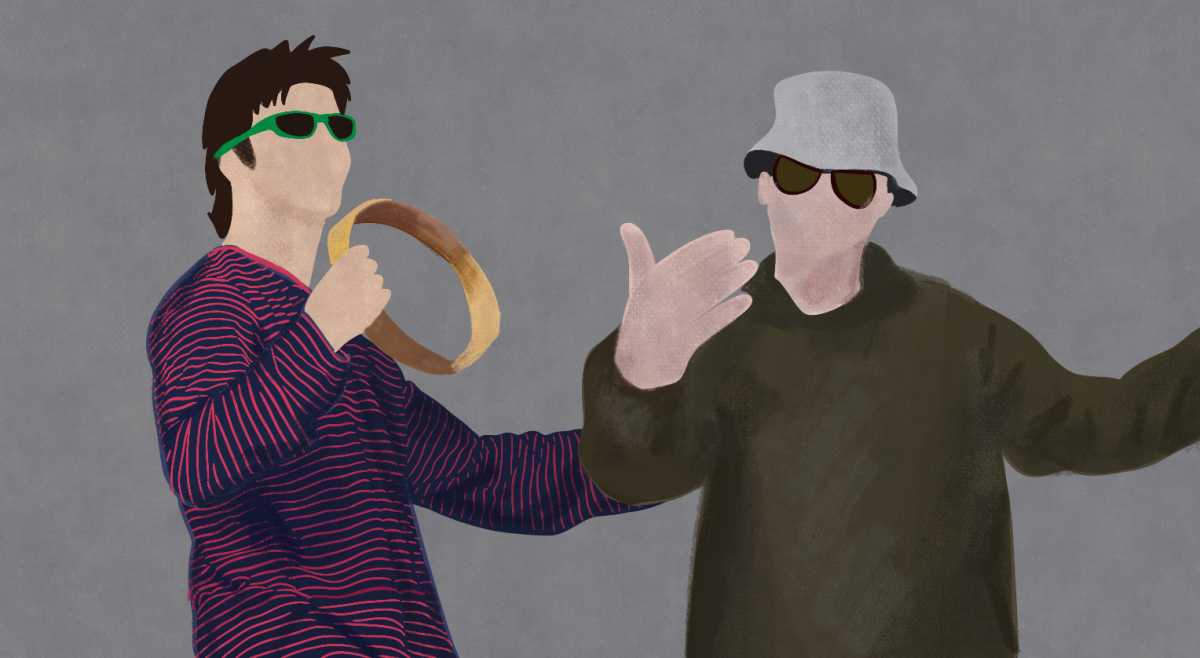Legendary Red Hot Chili Peppers bassist Flea assumes a handstand position and walks back to the center of the stage at TD Garden with his feet pointed toward the ceiling. The crowd goes insane, shocked at the spectacle of the 54-year-old icon’s grand entrance. A shirtless Anthony Kiedis jumps around the stage while spitting the tongue-twisting lyrics of “Give It Away” into the microphone, not letting the cast on his left leg slow him down for a second during the final song of a two hour set. Energy radiates off the stage as brightly colored lights shoot out in every direction, but as the firecracker front man and his band of funky friends look out into the crowd, they are greeted by a sea of the blank expressions of people intent on steadying their hand to capture the perfect Snapchat story.
I was in the front row that night, admittedly trying to savor every second of my favorite songs by eternalizing their memory in video form. How could I not? Born and raised in the Golden State, the lyrics of the unofficial state anthem, “Californication,” were ingrained in my mind at a very young age. I had been soothed to the brink of sleep by the airy riffs of “Under the Bridge” on many a family road trip, long before I was old enough to shuffle my own playlists. In the middle of my very first Boston winter, I was desperately grasping for anything that could transport me back to the land of tall palm trees and endless sunshine.
When I scroll through my Snapchat Memories I see an endless stream of concerts passed: The Districts, Cage the Elephant, The xx, John Mayer, The Eagles, U2, Bob Dylan, and many more. While these videos serve as pristine replicas of moments that would otherwise deteriorate in the minds of fans as days go by, some artists have begun to despise the effects of the digital age on their live performances—and they’re taking action.
Many artists, including The Eagles and Bob Dylan, have used security guards to prevent fans from using cellphones during their concerts throughout the years. But this method is prone to error—it was all to easy for me to get a 10-second video of Dylan performing “Ballad of a Thin Man” at his show at Boston University this past November with one security guard monitoring multiple sections. Tech savvy companies are looking to solve this problem, however. Yondr is a company that “uses a patented system to create phone-free spaces for artists, educators, organizations and individuals.” Essentially, concertgoers place their phones in the company’s little green pouch at the beginning of a show and may use them if they step into an area with “unlocking bases” that unlock the pouch.
In an interview with Lars Ulrich for the Beats 1 It’s Electric! radio show, hard rocker Jack White detailed his decision to start implementing Yondr’s technology in his live shows.
“The way [the crowd] react[s] tells me what to do next,” White said. “And if they’re not really there, I don’t know what to do next.”
The crowd’s reaction is an essential indicator for White, who doesn’t use a set list during his shows in order to create a more organic experience for fans. Because White’s musical career started in 1997 with The White Stripes, it is easy to understand why the eccentric musician is yearning for the days before fans watched concerts through the camera lenses of their smartphones. White also points out that people engage in cellphone-free spaces all the time: “a movie theatre, a symphony, church, whatever.”
So why don’t we as fans afford musicians the same respect and attention we afford artists and performers in other spaces? There are few artists, and perhaps even human beings, I respect more than Bob Dylan, yet there I was, going against his only wish to perform a cellphone-free set.
I want to share the experience of a concert with my friends who are also fans of the artists I see, and when I post a Snapchat video or Instagram story of a show, it is out of appreciation for the artist’s work. There can be positive effects of live performances being broadcasted on social media, especially for up-and-coming artists (unlike Bob Dylan and Jack White). When a concertgoer posts about a smaller band, the band gets invaluable exposure and is able to grow its fanbase by sparking the interest of the attendee’s friends who probably have similar music tastes. Although, I am betting my 30-second story of The Districts at the Troubador in Los Angeles probably garnered more annoyance than interest for the small band.
On one hand, I really understand artists’ reservations about fans’ cellphone use at concerts—but I don’t know if that is enough to quell my urge to record and post the moments that I spend weeks romanticizing in my head. It’s nearly impossible for me to imagine what it might be like to be in a crowd of people completely mentally present for the artists’ performance, losing themselves in the guitar riffs and drum rips rather than waiting to find a solid network connection to post a Snapchat. But when White plays the raw opening chords of “Fell In Love With A Girl,” who can resist the urge to solidify the electric moment in electronic eternity?
Featured Graphic by Nicole Chan / Graphics Editor


